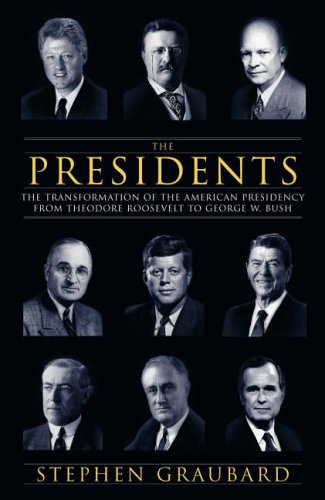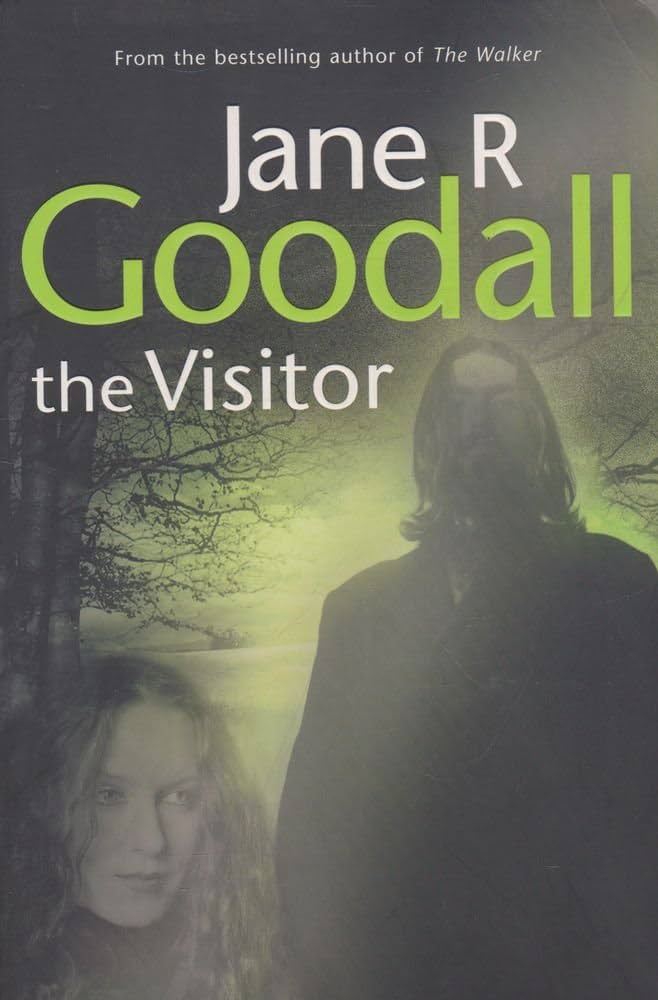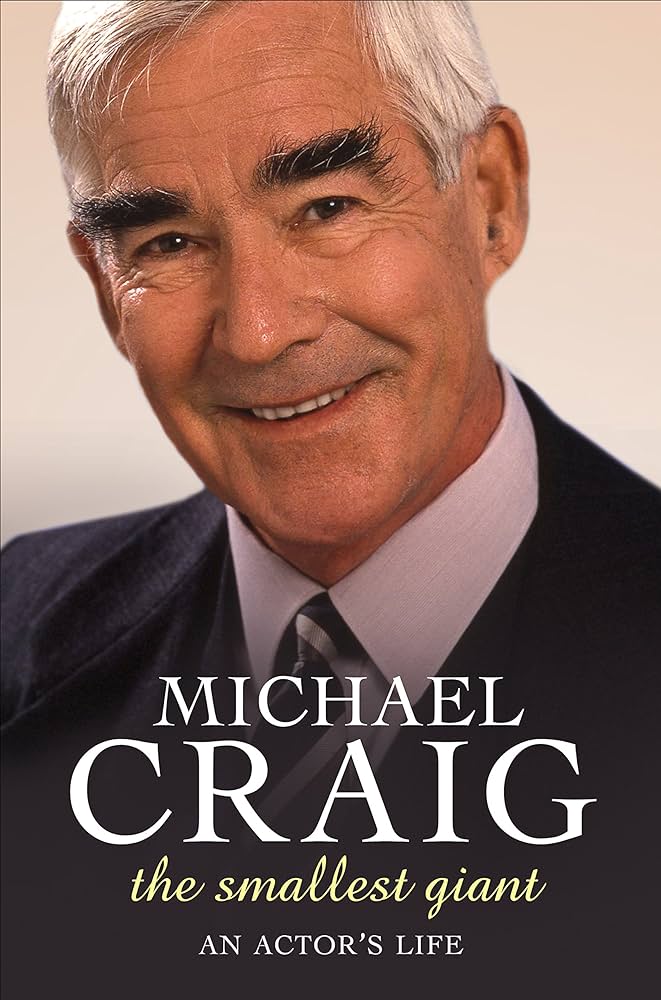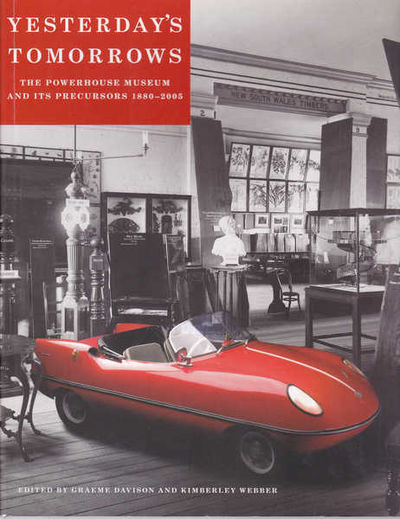Archive
The Presidents: The transformation of the presidency from Theodore Roosevelt to George W. Bush by Stephen Graubard
by Peter Haig •
Australia: Nation, belonging, and globalisation by Anthony Moran
by Tim Rowse •
A Hand in the Bush by Jane Clifton & Death by Water by Kerry Greenwood
by Jake Wilson •
Australian Literary Studies edited by Leigh Dale & Meanjin edited by Ian Britain
by James Ley •
Yesterday's Tomorrows: The Powerhouse Museum and its precursors 1880-2005 edited by Graeme Davison and Kimberley Webber
by John McPhee •
Margaret Michaelis: Love, loss and photography by Helen Ennis
by Evelyn Juers •

